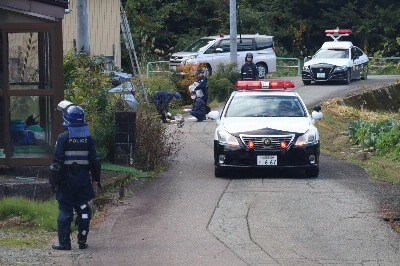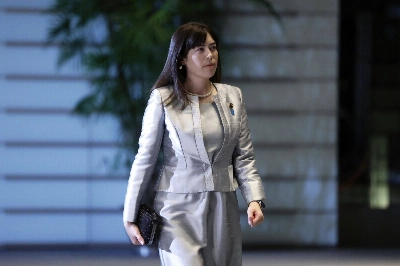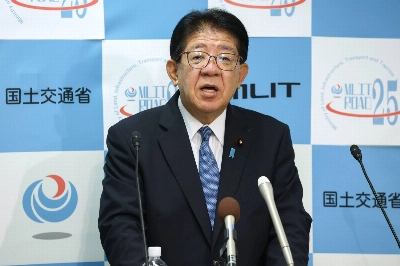Fifty-eight years ago this month, a U.S. aircrew dropped an atomic bomb on the city of Hiroshima from a lumbering B-29 that had been nicknamed Enola Gay in honor of the pilot's mother. Eight years ago, the Smithsonian Institution's National Air and Space Museum in Washington mounted an exhibit of the fuselage and bomb bay of the dismembered Enola Gay that proved so controversial it forced the resignation of the museum's director before the display had even opened. Half a century after the war that the bombing had helped to end, emotions still seemed to run so high on both sides that it was impossible to write a script for the exhibit that would satisfy everyone.
Today, although there is no reason to think people feel any less strongly about the issue, a lesson appears to have been learned from that affair about the best way to handle such bitterly clashing perceptions. Last Monday the fully restored and assembled Enola Gay -- 50-meter wingspan and all -- went on display at the Air and Space Museum's giant new facility at Dulles Airport, outside Washington. If anything, the massive, death-dealing aircraft probably looks even more intimidating and chilling than it did before, when visitors saw only a part of it. Yet this time around there has been no controversy, no agonizing, no recrimination.
What accounts for the difference?

















With your current subscription plan you can comment on stories. However, before writing your first comment, please create a display name in the Profile section of your subscriber account page.